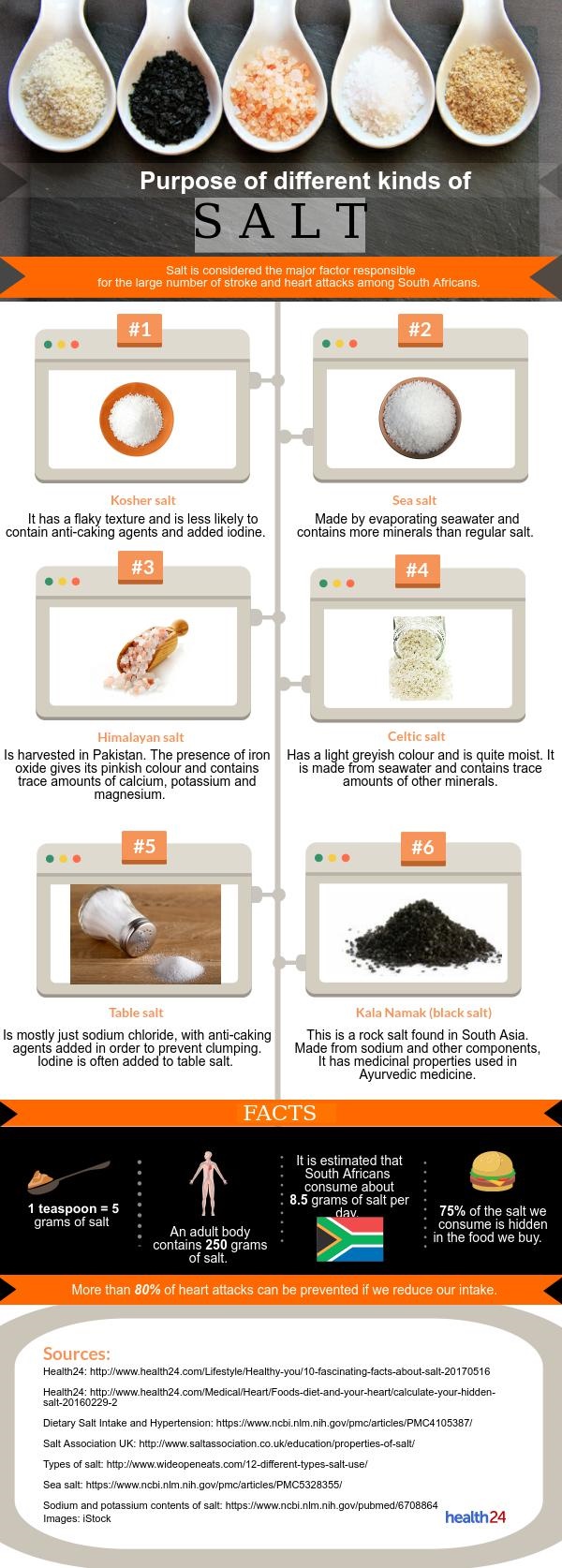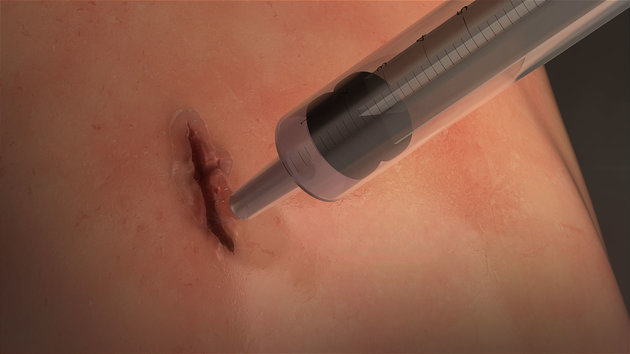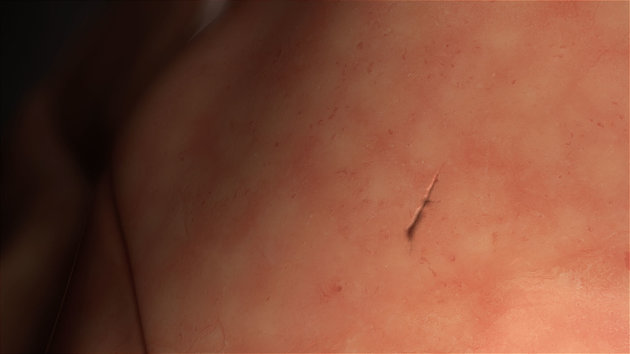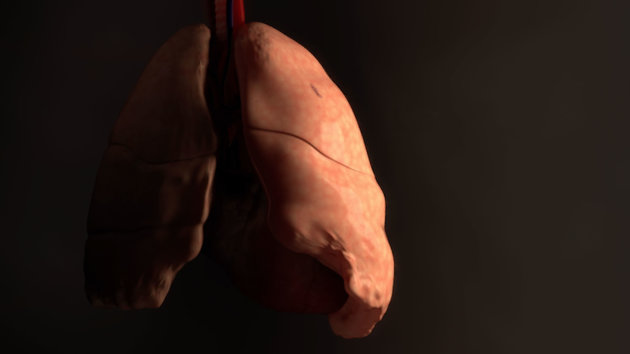There was a furore in early August this year – and rightfully so – when Google software engineer, James Damore, asserted that it was women’s ‘biological differences’ and tendency towards ‘neuroticism’ which were responsible for the small numbers of women who worked as coders. Damore promptly lost his position at Google, but not before he opened a large kettle of socially-conscious fish. Why are there so few women working at the technical end of the tech industry? And what can we do to correct this?
In 2016 the UK saw the greatest fall in tech GCSE grades since 2011. This highlighted two worrying particulars; firstly and most obviously, it would suggest a potential future skills shortage in the key areas of science and technology. Secondly, and perhaps of greater overall concern, nine out of ten students studying these subjects were boys. Where were all the female would-be doctors, vets, engineers and coders? Apparently they were all off studying home economics, drama and social care. While there is nothing wrong with that, one can’t help but wonder where these vast gender differences in education have come from. The one thing you can be certain of, is it’s absolutely nothing to do with biology or neuroticism!
While in the UK at GCSE level, only 20% of students studying computer science are female, and by the time that you reach degree level that figure has dropped even further to 16%, in countries such as India, Malaysia and Nigeria the gender balance is split approximately 50-50. This would imply that unconscious bias may well be playing a greater role in the UK: if girls believe that the sciences are a more masculine field they may not see them as viable study and work options for themselves.
Although there is a solid argument of ‘each to their own’ when it comes to career choice – after all, we can’t all be neuroscientists – we live in a world where technology touches practically every line of work and every aspect of life. Even traditionally natural, hands-on roles, such as farming and gardening, now rely on technology in multiple ways, so the student who doesn’t understand the fundamentals of computer science finds themselves at an immediate disadvantage. So what can we do to redress the balance?
Introducing STEM subjects at a young age – and making them fun – has to be one avenue worth exploring. Not only as a means to encourage girls into the sciences, but to encourage overall participation. For instance Dash and Dot were designed based on feedback from both boys and girls to make sure it appealed to both.
At Wonder Workshop we combine programming with robotics to give children the chance to discover the cause and effect relationship of programming, gradually increasing the technical demands according to each individual child’s growing abilities. But there are other approaches – Goldiblox, HiddenFigures and LittleBits, for example, or even games such as MineCraft – which embrace the same concept, helping children to learn coding and computer science through play. In my view, it is this approach which will show girls – and boys – not only that coding, programming, robotics, science and maths can be engaging and rewarding subjects to study, but that they’re also firmly within their reach. Perhaps just as importantly, by beginning at a young age and showing boys that girls can perform equally well in these subjects – if not better – we might be able to remove the ingrained gender bias which currently exists.
In 1984 34% of all computer science jobs were held by women. In 2017 that figure has fallen to just 18%. This must surely be unacceptable by anyone’s standards. Not everyone wants to work in the sciences. As a species we need people to do a variety of things. But we also need every girl and every boy to have the same opportunities to do whatever they want with their lives. And providing a strong working knowledge of STEM subjects is currently the best way to help make sure that that happens.
Christopher Cederskog is Managing Director Europe of Wonder Workshop
















